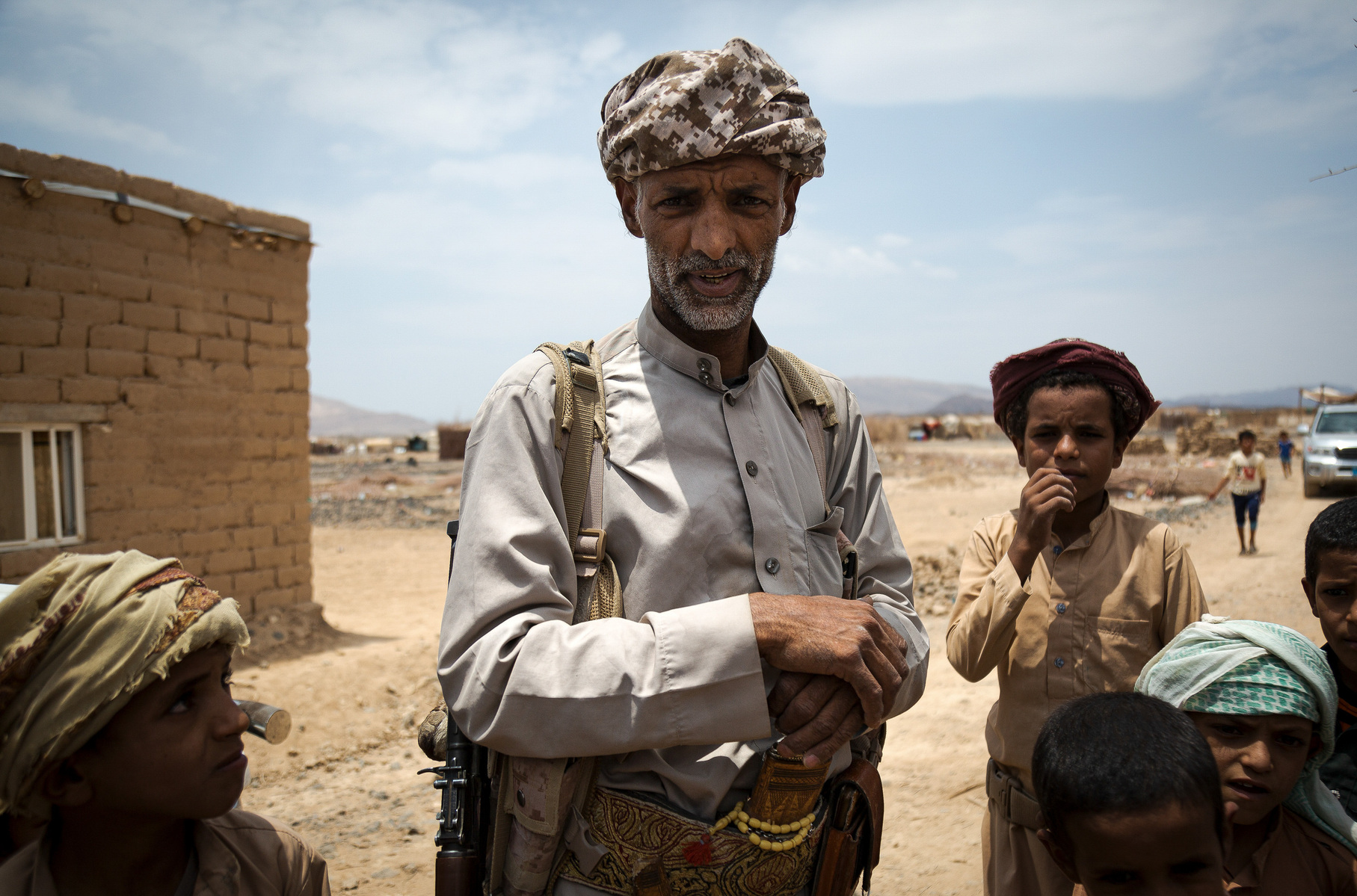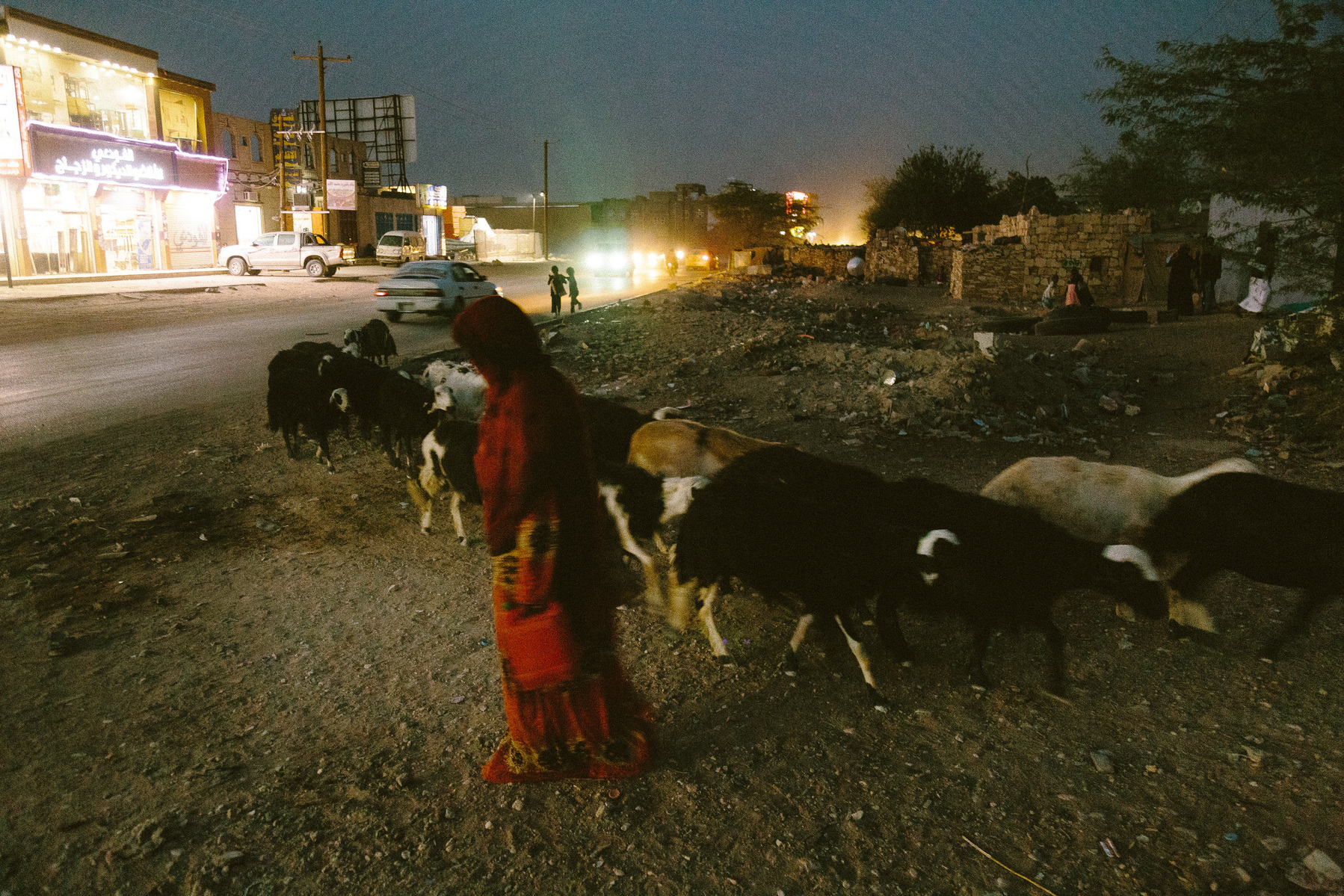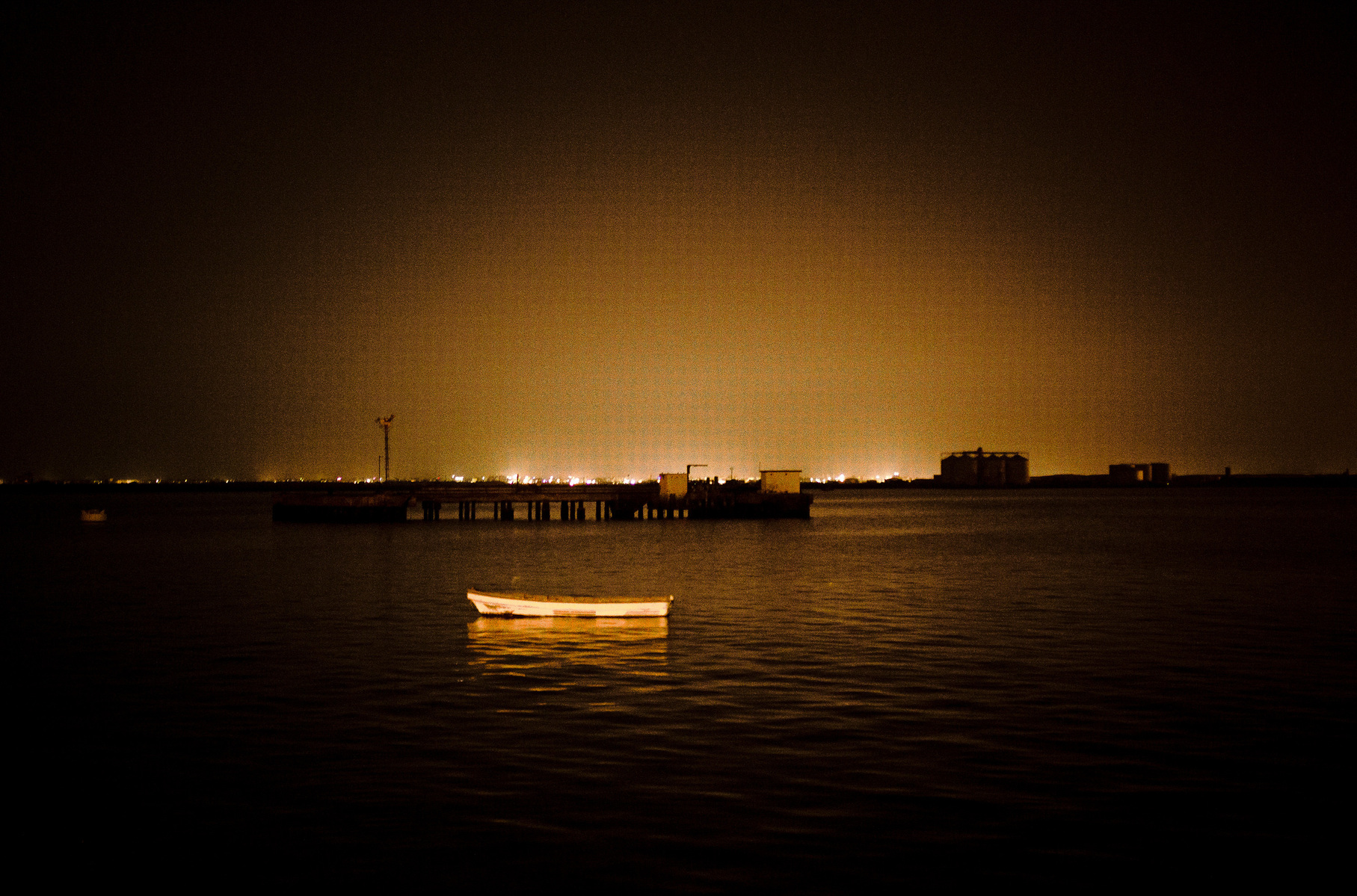Dancing on the heads of snakes
In 1990 The People’s Democratic Republic of Yemen (PDRY) merged with the Yemen Arab Republic (YAR) to form the Republic of Yemen. The troubled unification resulted in a bloody civil war in 1994 which saw the South prevail and its president Ali Abdullah Saleh, became the first president of the newly founded state. His three-decade-long, autocratic-style, presidency was marred by lack of democratic reform, widespread corruption and human rights abuses by him and his allies. In 2011 demonstrations broke out in Sana’a, initially by a small group of youth and civil society activists asking for a more accountable, capable and inclusive state. The over-reaction by president Saleh’s supporters, which ended with the deaths of over 50 unarmed demonstrators on 18 March of the same year, prompted a wave of mass regime defections that eventually forced Yemeni president Ali Abdullah Saleh to hand over power to his deputy, Abdrabbuh Mansour Hadi. Despite the change in leadership the chronic misuse of power that characterised Saleh’s presidency persisted and by mid 2007 civil servants, teachers, lawyers, academics and unemployed youth from across the former People’s Democratic Republic of Yemen (PDRY) joined a group of army pensioners from the Dalia Governorate who started peaceful protests and sit-ins in late 2006, demanding higher pensions and/ or reinstatement to their former positions within the armed forces of the country. The resulting movement became known as Al Hiraak al Janoubi (Southern Movement) which by late 2008 began openly calling for Southern independence. Once more the government responded with increased repression prompting parts of Hiraak in Dhalia, Lahj and Abyan to take up arms. In 2014, taking advantage of what they perceived as a weak central government and joined by ex-president Saleh and troops still loyal to him, the Huthi Shia Rebel Movement seized control of Saada province and went on to take control of Sana’a forcing President Hadi into exile. Fearing that Iran will gain a foothold in the region prompted Saudi Arabia, backed by a coalition of eight Arab States along with the United States, UK and France, began airstrikes against the Huthis in an effort to restore President Hadi’s government. The ensuing conflict, which claimed the lives of more than 100000 people, has forced more than three million civilians to flee their homes and has pushed 53% of the country population on the brink of starvation.







Halima al Banan folds clothes, inside a room in her house that was badly damaged during a coalition airstrike, on 12 September, 2019. She and her family were asleep when their neighbours house, which was hit during the airstrike, collapsed onto their building destroying the top two floors of their building.
Next gallery
Wrath of Euphrates



























